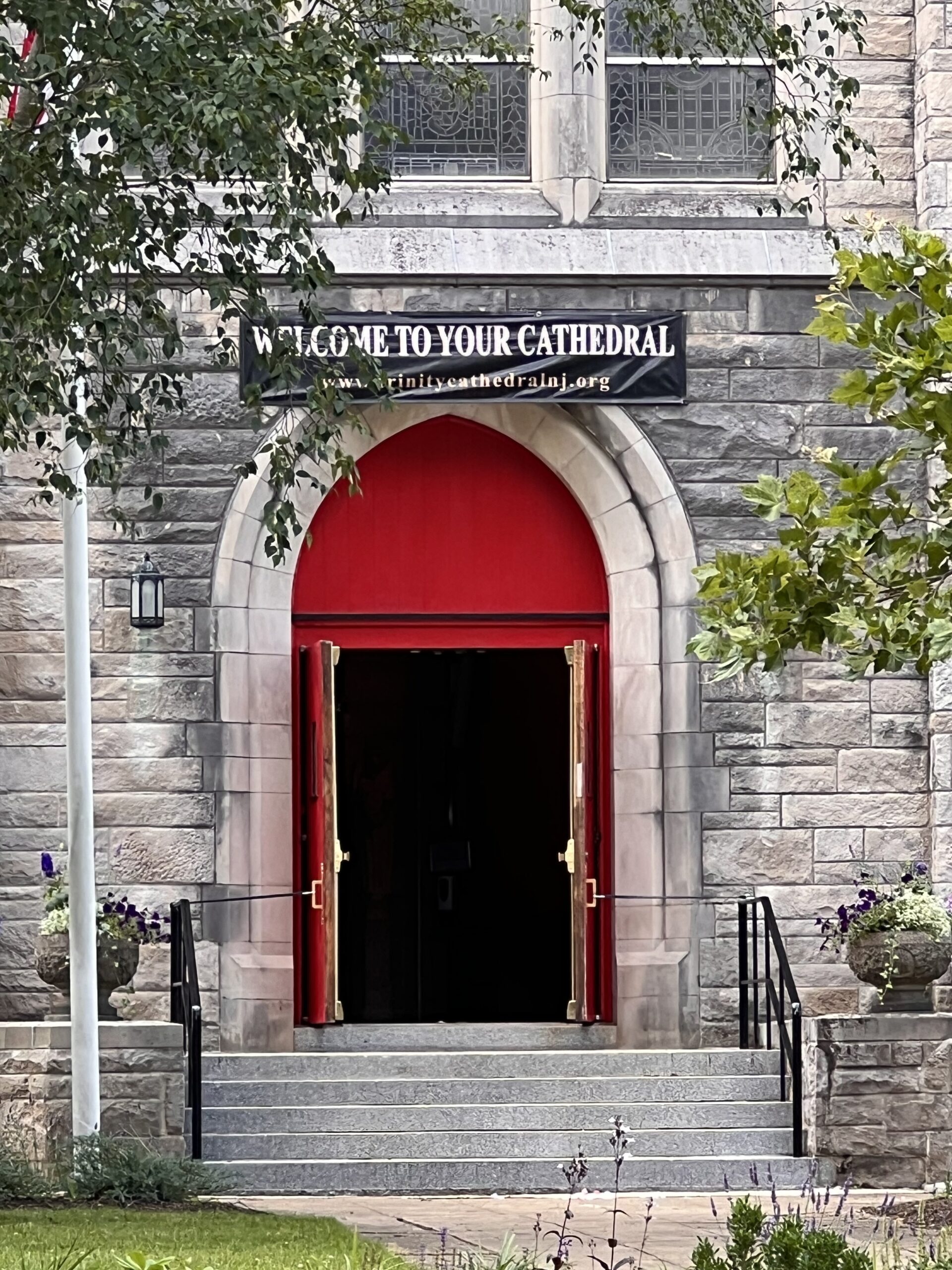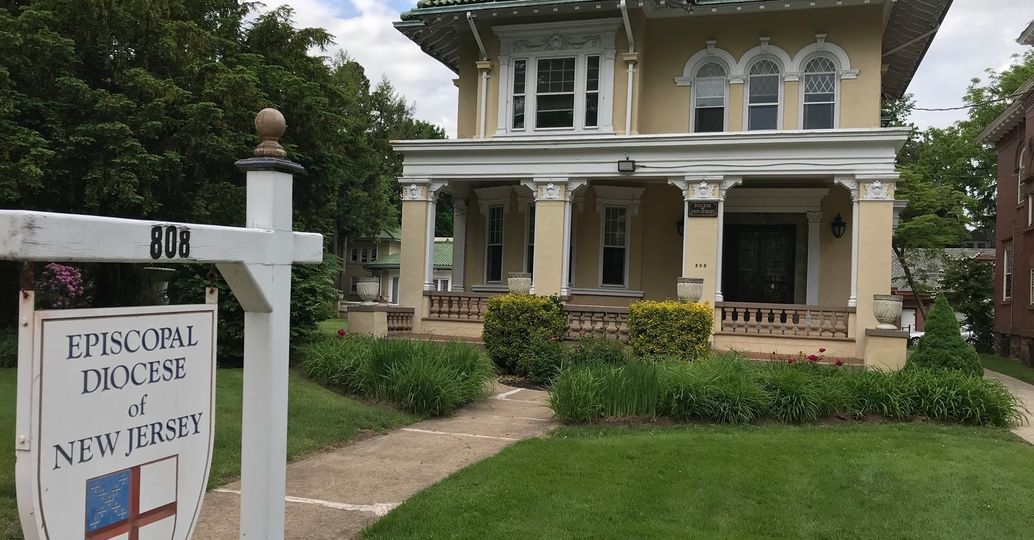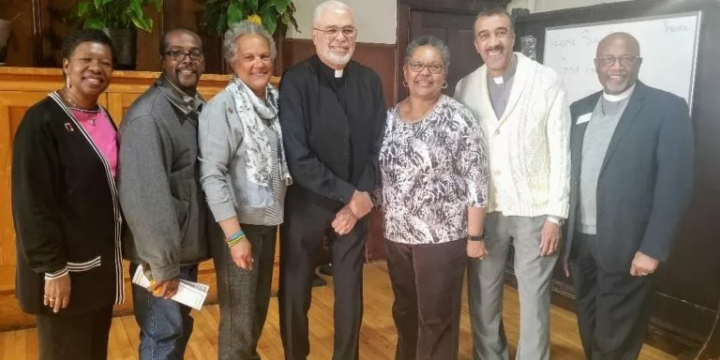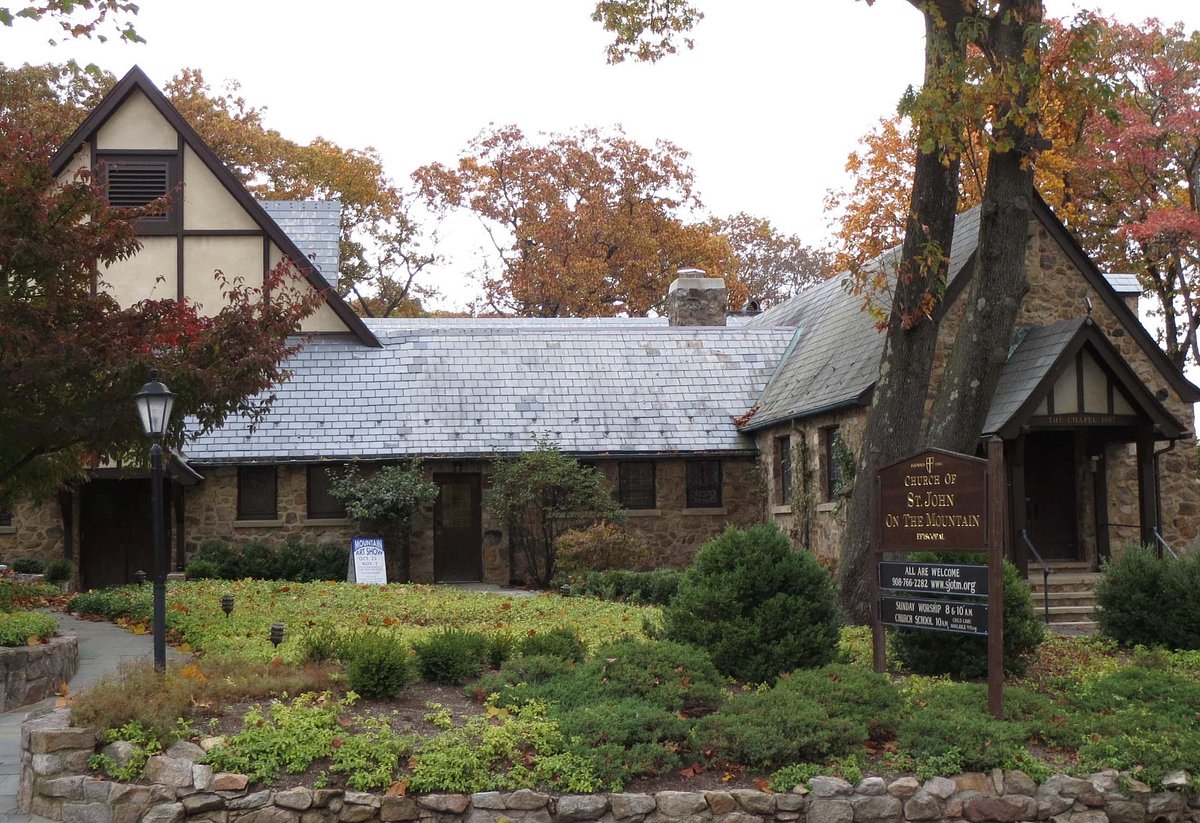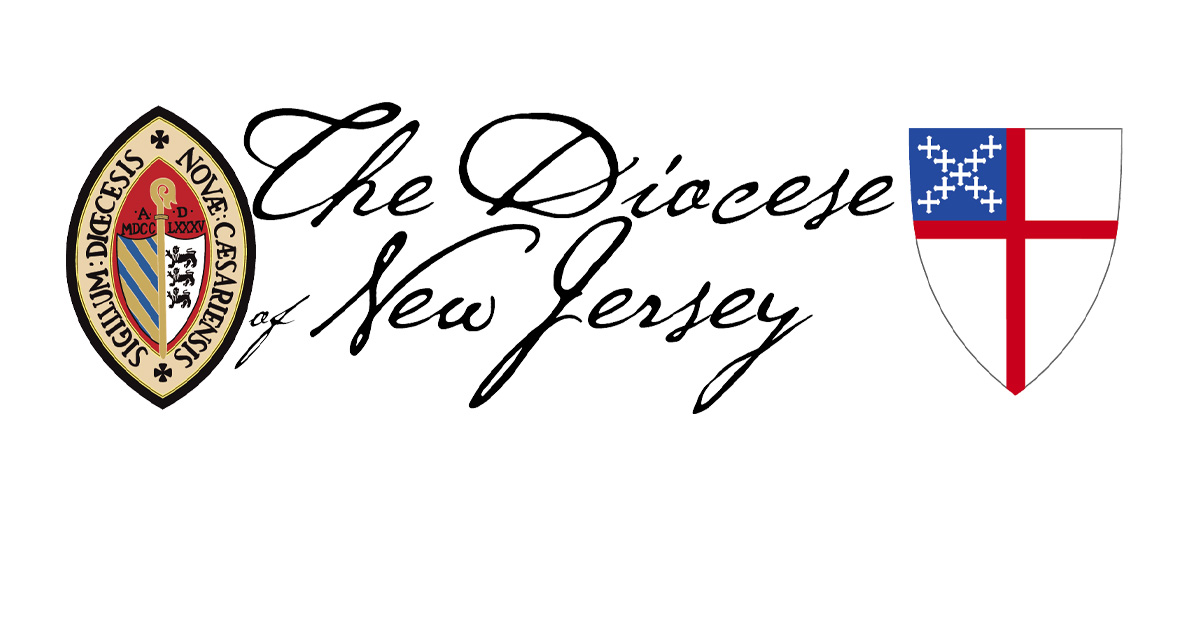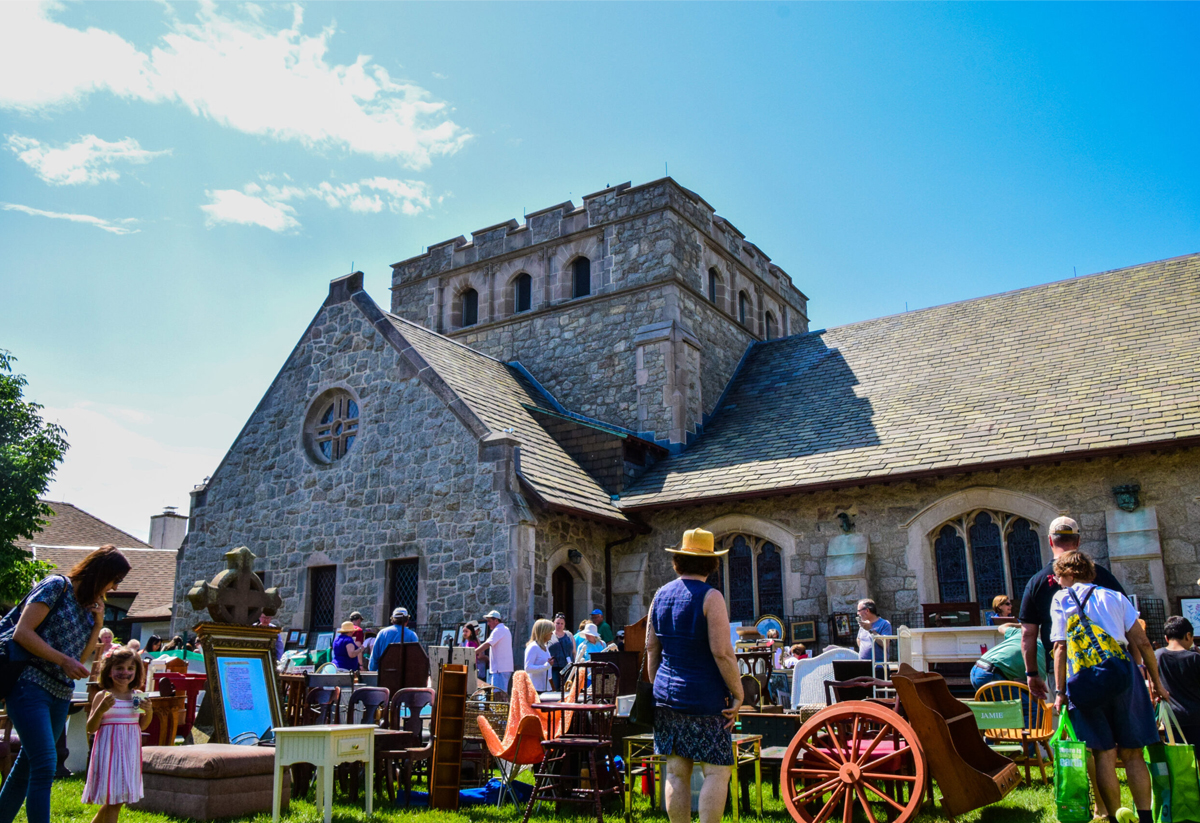Dear People of the Diocese of New Jersey,
My brothers and sisters, do you with your acts of favoritism really believe in our glorious Lord Jesus Christ? James 2:1
T he Diocese of New Jersey is blessed with a group of people who make up our outstanding Anti-Racism Commission and Team. Soon after the COVID19 pandemic hit this country, they developed a first-rate 20-hour online training that has now been offered to hundreds of people both within and outside of the Diocese of New Jersey. I was blessed to have a conversation with the most recent group taking this training a week ago. The group included participants from Canada and from Southeast Florida. The Anti-Racism Team has also recently offered their second Anti-Racism Training to the youth. More than 20 young people participated in this most recent training.
he Diocese of New Jersey is blessed with a group of people who make up our outstanding Anti-Racism Commission and Team. Soon after the COVID19 pandemic hit this country, they developed a first-rate 20-hour online training that has now been offered to hundreds of people both within and outside of the Diocese of New Jersey. I was blessed to have a conversation with the most recent group taking this training a week ago. The group included participants from Canada and from Southeast Florida. The Anti-Racism Team has also recently offered their second Anti-Racism Training to the youth. More than 20 young people participated in this most recent training.
One of the things that makes the training offered in the Diocese of New Jersey distinct is its focus on systems and structures. It’s a recognition that racial injustice and racial disparities operate beyond the level of individual prejudice and personalities. Racism infects every aspect of our lives in this country and all of our institutions, including the church, our schools, health care, and our criminal justice system.
We sometimes encounter resistance from congregational leadership when we insist that Wardens, Vestry, and Discernment Committees must take at least a 2-½ hour anti-racism training early in the transition process before they may call a new clergy person. I often hear, “There’s no prejudice here,” or “We’re not racists.” This fails to recognize that, through enculturation, all of us have built-in biases and prejudices that inform the way we look at ourselves and the world around us. These also inform the decisions we make.
As highly regarded author, diversity trainer and lawyer Verna Myers has observed:
If we want to reserve the terms ‘racist’ or ‘sexist’ (or any other ‘- ists’) for those who consciously and explicitly hold and intentionally act on beliefs of superiority, then many of us are safe! Most of us are not ‘racist.’ However, investing our sense of self in this definition of ‘racist’ may not get us very far if we hope to be culturally effective and inclusive in our relationships and organizations….[N]ot all of our biases are conscious or intentional, so even when we don’t want to behave in accordance with antiquated and misguided beliefs about one group of people being inferior to another, we nevertheless, sometimes do.”[1]
Myers continues:
In other words, whether something is racism or sexism, it is not only about our interpersonal behavior, intentional or unconscious, toward individuals. We are operating within and trying to contend with a system of power and privilege that advantages some groups over others because of old-fashioned ideas of superiority and inferiority. This self-sustaining system of inequality is called structural or systemic racism (sexism, etc).[2]
Some of what Myers is referring to is included in the term “implicit bias.”
According to Perception Institute, “we use the term ‘implicit bias’ to describe when we have attitudes toward people or associate stereotypes with them without our conscious knowledge.” They add, “A fairly commonplace example of this is seen in studies that show that white people will frequently associate criminality with black people without even realizing they’re doing it.”[3]
Implicit bias is constantly at work in all our lives.

Was implicit bias at work in Bridgewater last week in an incident in which two teenagers who got into a fight were treated in disparate ways by the police officers who responded? The incident has been referred for further investigation. Still, the video appears to show a clear instance of two persons engaging in the same behavior being treated in vastly disparate ways. We will have to see what the final investigation reveals, but it is difficult to conclude that factors other than different skin-color explain the treatment. The incident should put us all on notice that, despite the skepticism of some, implicit bias is a constant challenge for everyone of us in all of our interactions. As an article in 2018 article published by Scientific America titled “How to think about ‘implicit bias’” concluded:
It would be comforting to conclude, when we don’t consciously entertain impure intentions, that all of our intentions are pure. Unfortunately, we can’t conclude that: many of us are more biased than we realize. And that is an important cause of injustice—whether you know it or not.[4]
It’s a sobering thought.
Blessings and peace to you all.
In Christ,

The Right Rev. William H. (Chip) Stokes
Bishop of new Jersey
________________
Notes
[1] Myers, Verna A. What if I say the Wrong Thing?: 25 Habits for Culturally Effective People Chicago IL: ABA Publishing, 2013) p. 16
[2] Ibid.
[3] See “Implicit Bias – What it is? on the Perception Institute website found at https://perception.org/research/implicit-bias/
[4] Payne, Keith; Niemi, Laura; Doris, John M, “How to think about ‘implicit bias’ Scientific America website – March 27, 2018 found at https://www.scientificamerican.com/article/how-to-think-about-implicit-bias/

